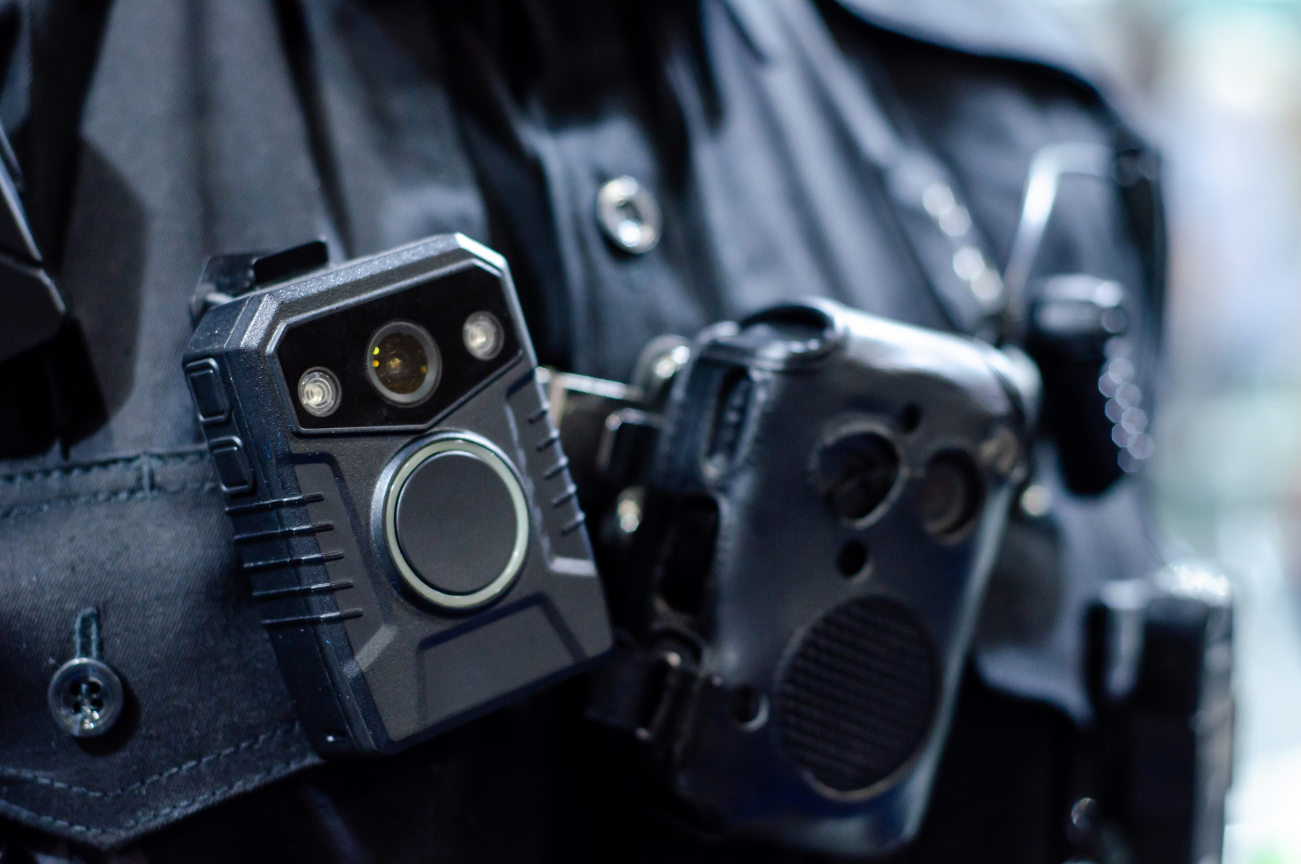 With Illinois’ body camera mandate officially in effect as of January 1, 2025, public safety agencies are entering a new era of transparency and accountability. For those still navigating the process of adopting body cameras, now is the time to ensure you have the right tools, policies, and training in place to meet compliance standards while maximizing the benefits these devices can provide.
With Illinois’ body camera mandate officially in effect as of January 1, 2025, public safety agencies are entering a new era of transparency and accountability. For those still navigating the process of adopting body cameras, now is the time to ensure you have the right tools, policies, and training in place to meet compliance standards while maximizing the benefits these devices can provide.
We're here to help you understand the mandate, how to choose the right body camera solutions, and what steps to take to set your team up for success.
Understanding Illinois’ Body Camera Mandate
The Illinois Law Enforcement Officer-Worn Body Camera Act requires all law enforcement officers in the state to wear body cameras. This law aims to enhance transparency, build public trust, and improve accountability.
Key Requirements:
-
Recording Protocols: Officers must activate cameras during all law enforcement-related encounters, with exceptions for certain sensitive situations.
-
Data Retention: Video recordings must be stored for at least 90 days, with strict rules prohibiting tampering or deletion during this period.
-
Policy Adherence: Agencies must establish and enforce clear guidelines for the use and management of body cameras and associated data.
Why Body Cameras Matter
Body cameras are more than a tool for compliance; they’re a critical resource for building trust between law enforcement and the communities they serve. Benefits include:
-
Enhanced Transparency: Capturing interactions ensures accountability and provides clear evidence of events.
-
Improved Safety: Recording incidents can deter aggressive behavior and promote safer outcomes for officers and civilians.
-
Streamlined Evidence Collection: High-quality footage supports investigations and reduces reliance on conflicting testimonies.
Choosing the Right Body Camera Solution
Not all body cameras are created equal. To ensure compliance and operational efficiency, consider the following features when selecting devices:
-
-
Durability: Look for rugged designs like Motorola Solutions’ VB400, which can withstand the demands of fieldwork.
-
Battery Life: Extended battery performance ensures cameras last through entire shifts without interruptions.
-
Video Quality: High-definition recording provides detailed footage, critical for evidence review and public transparency.
-
Connectivity: Features like Wi-Fi and Bluetooth enable seamless data transfer and integration with other systems.
-
Data Management: Cloud-based storage solutions simplify video management and ensure compliance with retention policies.
-
Implementing a Successful Body Camera Program
Adopting body cameras requires careful planning to ensure a smooth rollout. Here are the essential steps to take:
-
Evaluate Your Needs: Assess your current equipment and data storage capabilities to determine what’s required.
-
Set Clear Policies: Develop guidelines for camera usage, data retention, and access, ensuring consistency across your agency.
-
Train Your Team: Provide officers with hands-on training to ensure proper usage and understanding of the equipment.
-
Engage the Community: Proactively communicate your body camera program to build trust and transparency with the public.
-
Plan Your Budget: Allocate resources for equipment, data storage, and ongoing maintenance to ensure long-term success.
Looking Ahead: The Future of Body Cameras
As technology evolves, body cameras are becoming more advanced, offering features like:
-
AI-Powered Analytics: Automatically flagging key moments in footage to save time during reviews.
-
Real-Time Streaming: Allowing command centers to monitor live footage during critical incidents.
-
Enhanced Integration: Seamlessly connecting with systems like dispatch consoles and incident management software for a unified workflow.
These innovations aren’t just meeting compliance—they’re transforming how public safety agencies operate.
How Body Cameras Fit into the Bigger Picture
Body cameras are one part of a larger ecosystem designed to enhance public safety. At ChiComm, we work with agencies to provide end-to-end solutions, including dispatch systems, MOTOTRBO radios, and video surveillance tools. Together, these technologies create a safer, more connected environment for officers and the communities they serve.
Partner with Experts for Your Body Camera Needs
Preparing for the Illinois body camera mandate is an opportunity to enhance transparency, accountability, and safety in your operations. Whether you’re just starting the process or looking to optimize your existing setup, we’re here to help.
Contact us today to learn more about body camera solutions and how integrated communication tools can support your essential work.



